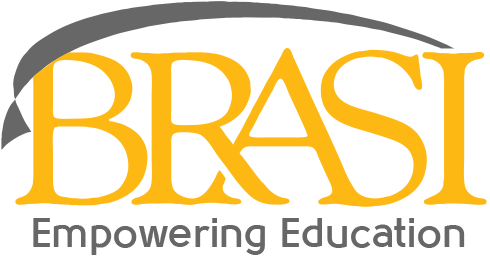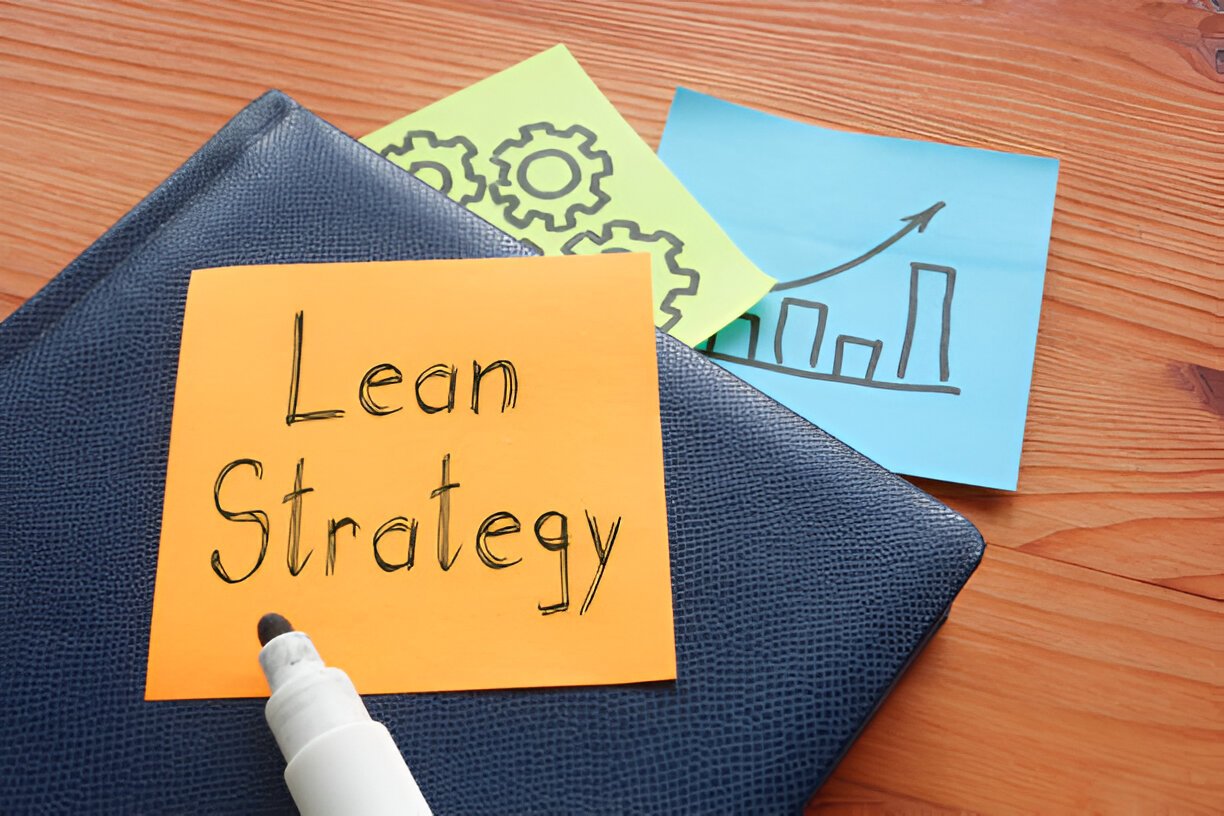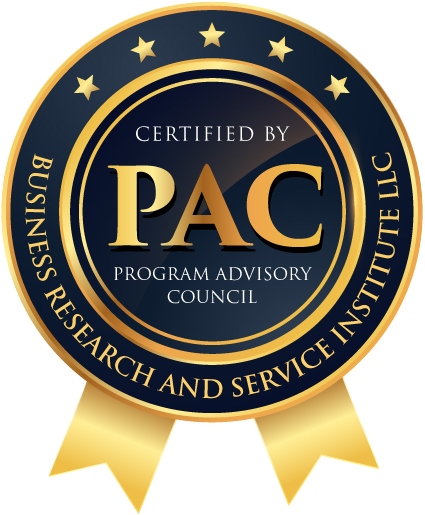Sales and Operations Planning (S&OP) may sound complex, but it’s all about balance. Imagine a symphony where every instrument plays perfectly together. That’s what S&OP does for businesses. It harmonizes sales goals, operational capabilities, and financial objectives, ensuring smooth and efficient operations.
Let’s dive into the details and uncover why S&OP is a game-changer.
What is Sales & Operations Planning (S&OP)?
S&OP is a systematic approach designed to coordinate sales, supply chain, production, and finance.
The goal? To ensure that businesses meet customer demands while managing costs and resources effectively. Think of it as the glue that holds different departments together, creating a unified approach to achieving organizational goals.
In essence, S&OP bridges the gap between strategy and execution. It helps businesses transition from reactive to proactive planning by creating a shared vision across departments. With S&OP, everyone is on the same page, working toward a common objective.
Why is S&OP Important?
Without S&OP, companies often operate in silos. Sales might overpromise. Operations might struggle to keep up. And finance? They’re left scratching their heads. S&OP brings everyone to the same table, improving communication and decision-making.
Moreover, S&OP is crucial for businesses navigating volatile markets. Whether it’s fluctuating demand or supply chain disruptions, a solid S&OP process helps companies adapt quickly and maintain a competitive edge.
It focuses on utilizing resources efficiently, reducing waste, and enhancing profitability.
The S&OP Process: Step-by-Step
So, how does it work? Here’s a detailed breakdown:
Data Gathering
- Collect sales forecasts, inventory levels, and production data.
- Use historical trends, market insights, and customer feedback to create a solid foundation.
- Leverage advanced analytics tools to ensure accuracy and completeness.
Demand Planning
- Predict future sales based on data.
- Consider promotions, seasonality, market changes, and external factors like economic trends.
- Collaborate with sales teams to validate forecasts and adjust for upcoming campaigns or events.
Supply Planning
- Align production capacity with forecasted demand.
- Identify potential bottlenecks and resolve them before they escalate.
- Plan for contingencies, such as supplier delays or equipment downtime.
Pre-S&OP Meeting
- Share plans with key stakeholders from sales, operations, and finance.
- Discuss challenges, align priorities, and explore solutions collaboratively.
- Highlight potential risks and develop mitigation strategies.
Executive S&OP Meeting
- Finalize the plan with top-level management.
- Ensure it aligns with overall business goals and long-term strategies.
- Secure buy-in from leadership to move forward with implementation.
Implementation and Monitoring
- Put the plan into action, ensuring all departments are aligned.
- Monitor performance through key metrics and adjust as needed.
- Conduct regular reviews to refine processes and improve outcomes.
What Are the Benefits of S&OP?
S&OP isn’t just a buzzword. It delivers real, tangible results. Here’s how:
- Better Forecast Accuracy: Predict sales and demand more reliably, reducing uncertainty and enabling better decision-making.
- Cost Efficiency: Reduce waste, optimize inventory levels, and save money by streamlining operations.
- Improved Collaboration: Foster teamwork across departments, ensuring everyone works toward shared objectives.
- Enhanced Customer Satisfaction: Deliver on promises, meet expectations, and build trust with your customers.
- Risk Mitigation: It helps Identifying address potential issues before they disrupt operations, ensuring business continuity.
Overcoming S&OP Challenges
S&OP isn’t always smooth sailing. But don’t worry—every problem has a solution. Here are some common challenges and how to tackle them:
- Data Silos: Break down barriers by integrating systems and creating a single source of truth.
- Resistance to Change: Educate teams about S&OP’s benefits and involve them in the process to gain buy-in.
- Technology Gaps: Invest in tools that simplify planning, data sharing, and communication.
- Lack of Alignment: Encourage regular cross-departmental meetings to ensure everyone is on the same page.
Real-Life S&OP Examples
Curious about how S&OP works in the real world? Here are two compelling examples:
- Manufacturing: A car company used S&OP to synchronize production with dealer demand. By aligning forecasts with production schedules, they reduced inventory costs and improved delivery times.
- Retail: A clothing brand optimized its supply chain using S&OP. This ensured that hot-selling items were always in stock, enhancing customer satisfaction and boosting sales.
The S&OP Maturity Model
S&OP evolves over time. Where does your business stand? Here are the five stages of S&OP maturity:
- Reacting: Basic planning, often reactive, with minimal collaboration.
- Anticipating: Some forecasting capabilities, but limited integration between departments.
- Collaborating: Teams work together but may lack full alignment and cohesion.
- Orchestrating: Processes are fully integrated, with clear roles and responsibilities.
- Leading: Continuous improvement, innovation, and strategic alignment drive success.
Future Trends in S&OP
S&OP isn’t static. It’s evolving with new technologies and ideas. Here’s what’s on the horizon:
- AI and Automation: Predict demand, optimize resources, and streamline operations faster and more efficiently.
- Blockchain: Enhance transparency, traceability, and trust across the supply chain, ensuring seamless collaboration.
- Sustainability: Incorporate eco-friendly practices into planning, aligning with global efforts to reduce environmental impact.
- Digital Twins: Create virtual models of supply chains to test scenarios and optimize decisions in real time.
Conclusion
S&OP is more than a process, it’s a strategic approach to achieving business success. By aligning goals, breaking silos, and embracing innovation, businesses can thrive in today’s competitive market. Whether you’re just starting or refining your process, S&OP offers a roadmap to better operations, higher profits, and satisfied customers.
Ready to transform your business?
With the right strategy, S&OP can be the key to unlocking your full potential.

We have been offering extensive and well-planned pieces of training in the field of economics, supply chain, and operations management. Our core purpose is to help industry professionals and businesses to succeed in an ever-evolving competency in the jobs market. Our cutting-edge training methods and up-to-date knowledge aligned with the latest industry trends and demands put our candidates in the lead amongst other job seekers and competitors in the market.
- BRASI Editorial Team#molongui-disabled-linkSeptember 3, 2024
- BRASI Editorial Team#molongui-disabled-linkOctober 8, 2024
- BRASI Editorial Team#molongui-disabled-linkNovember 19, 2024









2 Responses
Awesome post! Sales and Operations Planning is critical in aligning business strategy with real-time execution. At HireHQ, we see the ripple effect S&OP has on workforce planning, especially when it comes to scaling up with the right talent at the right time. Thanks for breaking down the fundamentals so clearly!
Awesome post! Sales and Operations Planning is critical in aligning business strategy with real-time execution. At HireHQ, we see the ripple effect S&OP has on workforce planning, especially when it comes to scaling up with the right talent at the right time. Thanks for breaking down the fundamentals so clearly!